Are you familiar with Crayola?
It has always been the go-to brand of crayons for school kids, even now. As a child, we were fascinated by the wide range of colors it offers, just like how a rainbow can captivate one’s attention.
However, We couldn’t help but wonder why there weren’t any Crayola crayons with Filipino color names. It would have been a brilliant idea to showcase our own language and even explore the color names in other dialects across the country.
The Philippines boasts diverse and fascinating languages, and it was during President Quezon’s term that Tagalog was established as our “Pambansang Wika” or national language.
We’ve collected some of the most beautiful and unique color names in the Philippine language, some of which can even be great baby names!
“LUNGTI”

English: Green
The Filipino language has several words to describe the color green, with “Lungti” being one of them. Other common variations include “Berde,” “Lungtian,” and “Lunti.” In the Tausug language, the word for green is “Gaddung.”
“LILA”
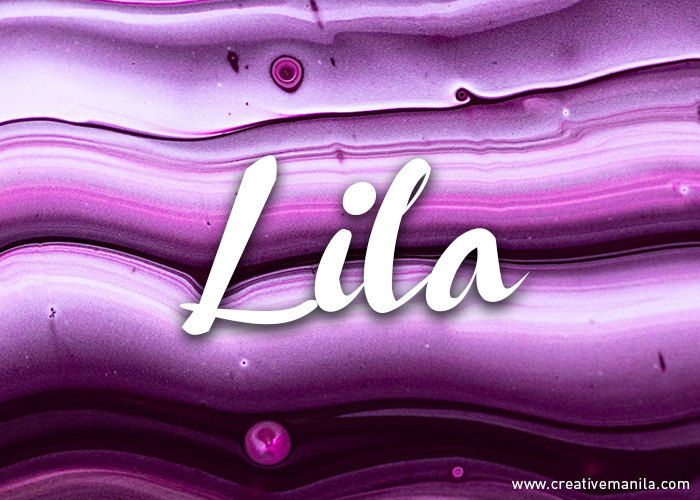
English: Violet/Lavender/Lilac
Lila, a color name of Spanish origin, can be found at the end of the spectrum. In the Filipino language, it is not only equivalent to violet but also to its lighter shades, such as Lavender and Lilac. Alternative Filipino names for this color include Ube, Haban, and Haban-ube.
“ROSAS”

English: Rose
In terms of the color spectrum, “Rosas” or rose is a hue that falls between red and magenta, even though roses (the flower) come in a variety of colors from white to deep red. Thus, using “Pula” and “Rosas” interchangeably, as most Filipinos do, is technically incorrect.
“KAYUMANGGI”
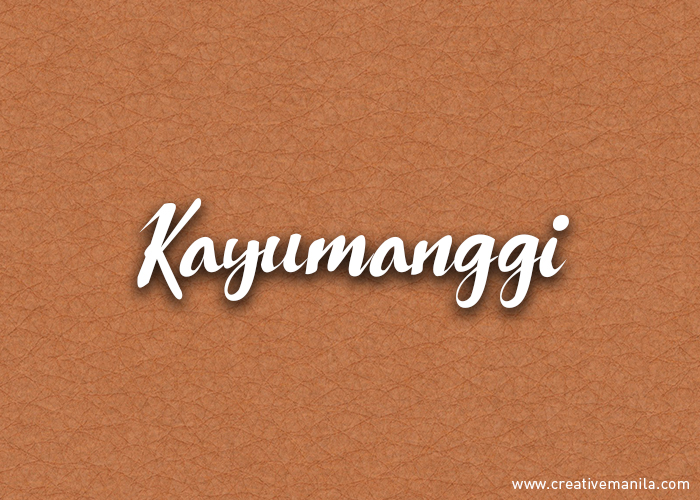
English: Brown
Kayumanggi is a Tagalog term used to describe the color of Filipino skin. While dictionaries equate it to the English color brown and its lighter shade, coffee or kape, the color spectrum suggests that brown has a much darker hue. In contrast, tan is a lighter variation of brown, which the UP dictionary defines as “manilaw-nilaw na kape o kayumanggi.”
“KAHEL”

English: Orange
The color orange is commonly referred to as Kahel in Filipino, which was derived from the Spanish word Cajel. Other alternative names for this color include Dalandan and Naranha, which comes from the Spanish word Naranja.
“PURAW”
(Iloko)

English: White
Puraw is the Ilokano term for the color of purity. In Tagalog, Puti is used to refer to the color white. Other Filipino terms commonly used to describe this color are Bukay (Tiboli), Busag (Waray), Malattibuntal (Maguindanao), and Maydak (Ivatan).
“KANARYO”
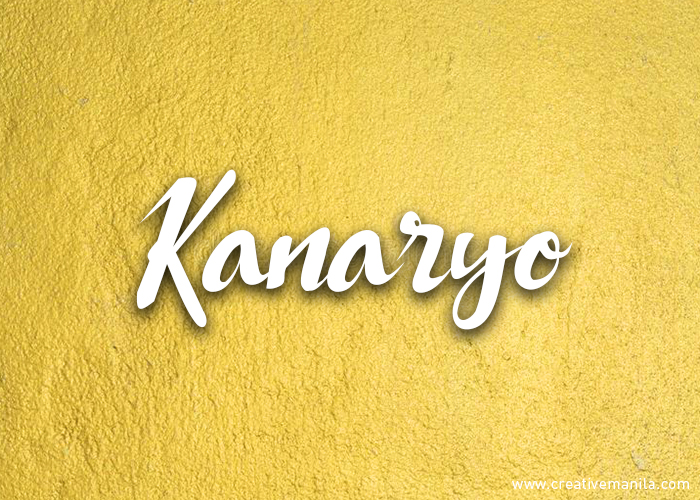
English: Canary
Kanaryo is the Filipino term for the lighter shade of yellow, which is equivalent to Canary in the color spectrum. The word is derived from the Spanish term Canario. Kanaryo is also the name of a small bird species, Serinus Canarius, known for its colorful feathers.
“MORADO”
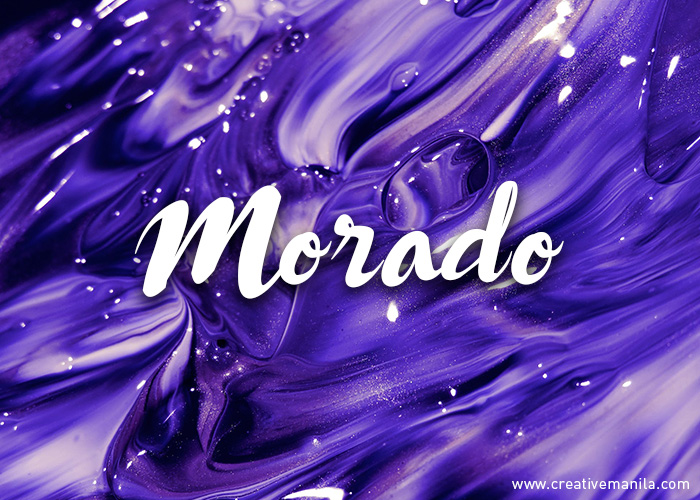
English: Purple
The Filipino language adopted “Morado,” a word of Spanish origin, as a local term for the English color purple. Another Pinoy alternative for the hue is “purpura.”
“BUGHAW”

English: Blue
The word Bughaw has an ethnic feel, making it my preferred choice over other Philippine terms like Asul, which originates from the Spanish word Azul. Interestingly, various provinces have their own captivating names for the color of the sky, such as Balbag (Iloko) and Bilo (Maguindanao).
“MABAYA”
(Ivatan)
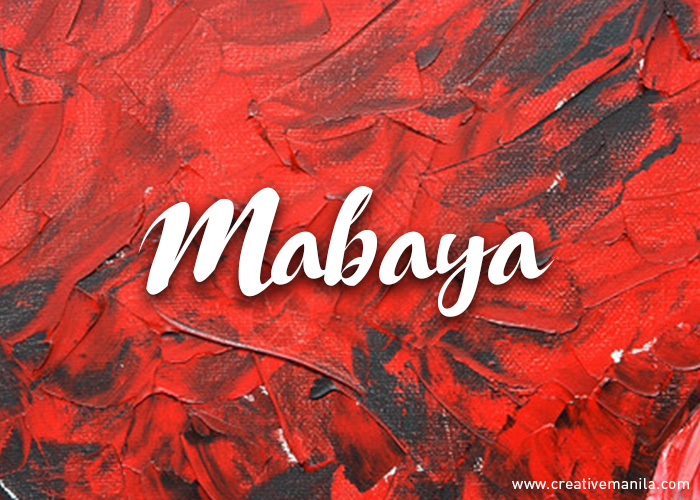
English: Red
Given that “Pula” is widely used in the Filipino language to refer to the color red, let’s highlight “Mabaya” instead, which is a local term from the northern province of Batanes. Other regions in the Philippines also have unique names for the same color, such as “Kanaway” in Maranaw, “Bulagaw” in Waray, “Anbalanga” in Pangasinan, and “Labaga” in Ilokano.
“KALIMBAHIN”
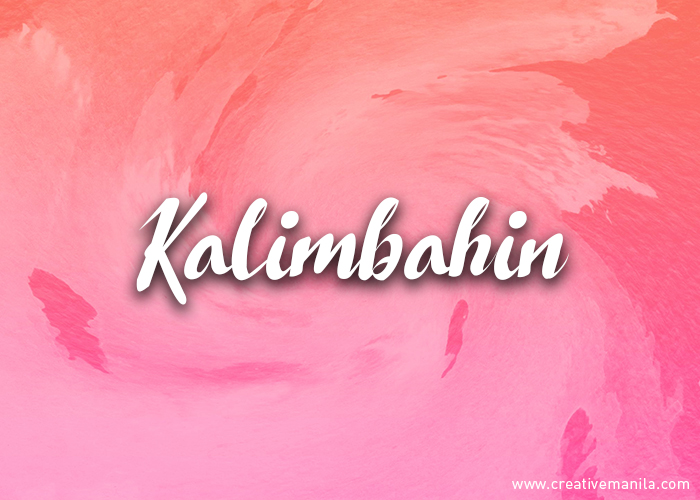
English: Pink
The color pink falls somewhere between rose and lavender, and is commonly known as “Rosas” in the Filipino language. However, if you compare it to Rosas, you’ll notice a difference.
It’s worth noting that the Rosas flower has different colors, ranging from white and pink to red and deep red. For this reason, Kalimbahin, as suggested by the UP dictionary, is a more accurate Filipino translation for the color pink.
“KUNIG”
(Iloko)

English: Yellow
The Ilokano word Kunig pertains to the color yellow, which is equivalent to the Tagalog term Dilaw. In addition to that, another Filipino name for this color is Amarilyo, which is derived from the Spanish word Amarillo with the same meaning. Meanwhile, the Tausug people refer to this color as Biyaning in their native language.
“MALAMAYA”
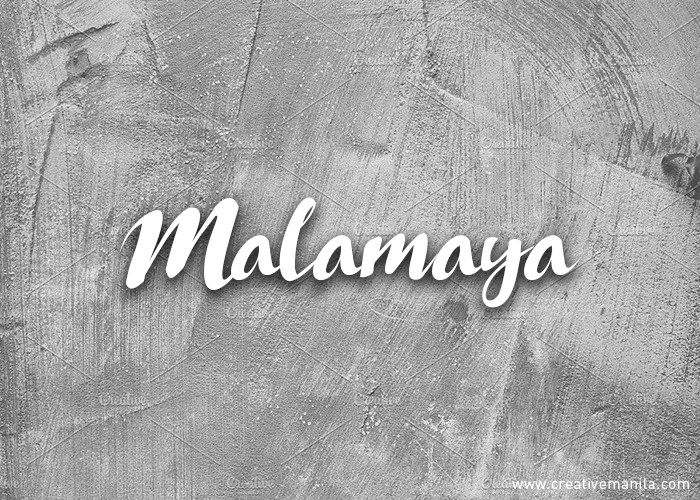
English: Grey/Gray
Malamaya is a Filipino term that refers to the color gray/grey. It is a relatively unknown word that originated from the Tagalog words “Mala” and “Maya” (Mala + Maya or “like a Maya”), with the latter being the name of a common bird in the Philippines known for its brownish or grayish feathers.
On the other hand, a more common Filipino term for the color gray/grey is Abo or Abuhin, which describes the color of things similar to that of ash.
“GARING”

English: Ivory
Garing is the Filipino equivalent of the off-white color ivory in the English language. Ivory is named after the main component of the teeth and tusks of animals such as elephants and walruses. The UP dictionary defines Garing as a white color with a tinge of yellow.
“ESMERALDA”
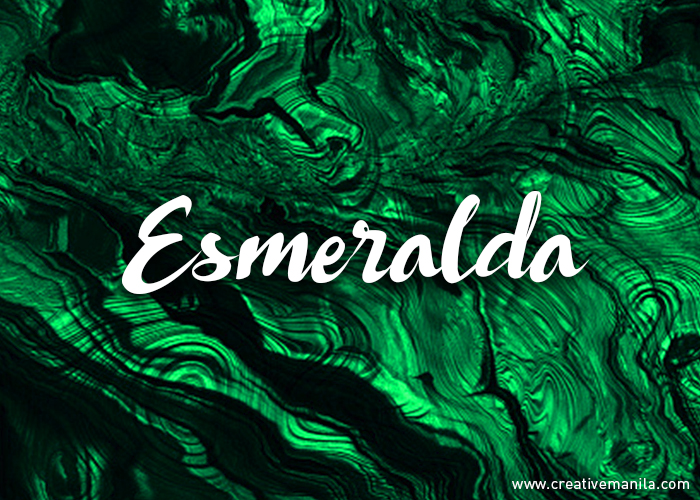
English: Emerald/Emerald Green
Esmeralda, a word borrowed from Spanish, is used in Filipino to refer to the color emerald, which is a deep shade of green. It is also the name of a well-known gemstone.
“DAGTUM”
(Cebuano)
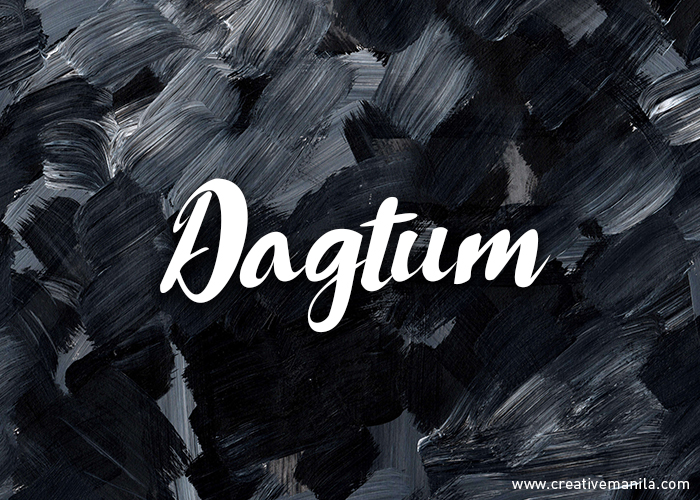
English: Black
Concluding the list is the sole entry from the Cebuano language – Dagtum, which denotes the color black. Various Philippine languages have different terms for the darkest shade in the spectrum, including Itom (Waray, Bikolano, Maguindanao, Tausug, etc.), Itum (Aklanon), Nangisit (Iloko), and Tuling (Kapampangan).





